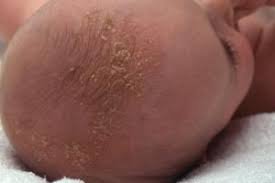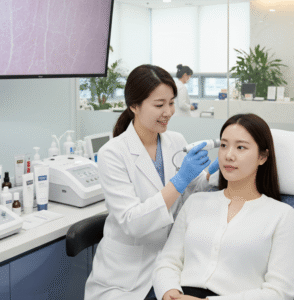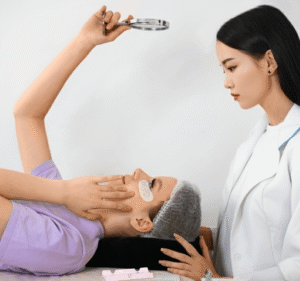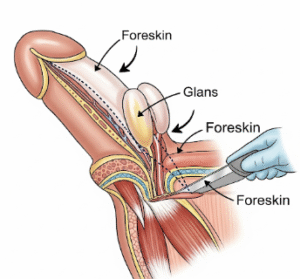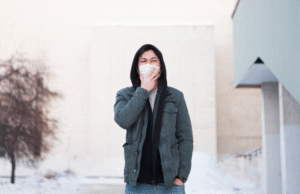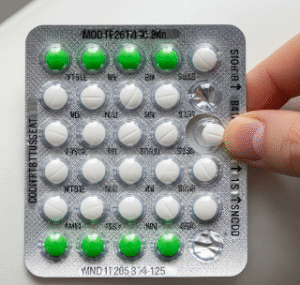Overview
Dysosmia refers to a disorder in smell perception, where individuals experience a distorted or impaired sense of smell. This can include reduced smell (hyposmia), complete loss of smell (anosmia), or altered/phantom smells (parosmia and phantosmia). Dysosmia can significantly affect taste, appetite, safety, and quality of life, as the sense of smell is critical for detecting hazards, enjoying food, and perceiving the environment. In Korea, specialized ENT (ear, nose, throat) clinics and neurology centers offer advanced evaluation and treatment options for dysosmia.
Highlights:
➤ Sensory disorder – Alters or impairs normal smell perception
➤ Impact on daily life – Affects taste, nutrition, and hazard detection
➤ Chronic or temporary – Can result from infections, trauma, or neurological conditions
Key Facts
➤ Prevalence: Dysosmia can affect up to 5% of the general population, with higher incidence in older adults or those with sinus and neurological disorders.
➤ Age affected: While it can occur at any age, adults over 60 are more prone due to age-related sensory decline.
➤ Gender: Both men and women are affected, though some studies suggest slight female predominance in olfactory disorders.
➤ Impact: Persistent dysosmia can lead to nutritional deficiencies, psychological distress, and safety hazards, such as inability to detect smoke or gas leaks.
What is Dysosmia?
Dysosmia is a condition where normal olfactory perception is altered. Individuals may perceive smells differently than usual (parosmia), detect smells that are not present (phantosmia), or experience reduced or complete loss of smell.
Highlights:
➤ Hyposmia: Reduced ability to detect odors
➤ Anosmia: Complete loss of smell
➤ Parosmia: Distorted perception of familiar odors
➤ Phantosmia: Perception of odors without a source
➤ Impact on taste: Since smell contributes to flavor, dysosmia often alters taste perception
What Symptoms Are Related to Dysosmia?
➤ Reduced or absent sense of smell – Difficulty detecting everyday odors
➤ Distorted odors – Common smells may appear unpleasant or unusual
➤ Phantom smells – Smelling smoke, chemicals, or other odors that aren’t present
➤ Changes in taste – Food may taste bland or unpleasant
➤ Psychological symptoms – Anxiety, depression, or frustration due to impaired sensory experience
➤ Safety concerns – Difficulty detecting smoke, gas, or spoiled food
What Causes / Possible Causes
➤ Upper respiratory infections: Viral infections, including COVID-19, are common triggers
➤ Sinus or nasal disorders: Chronic sinusitis, nasal polyps, or congestion can impair smell
➤ Head trauma: Injury to the olfactory nerves or brain regions can cause dysosmia
➤ Neurological disorders: Parkinson’s disease, Alzheimer’s disease, or multiple sclerosis may involve olfactory dysfunction
➤ Medications or toxins: Certain antibiotics, antihypertensives, or exposure to chemicals
➤ Aging: Natural degeneration of olfactory receptors and neural pathways
Highlights:
➣ Dysosmia often arises from damage or dysfunction of olfactory nerves, receptors, or brain regions
➣ Identifying the underlying cause is critical for effective treatment
When Should I See My Doctor?
➤ Persistent smell changes: Symptoms lasting more than 2–4 weeks
➤ Sudden onset: Could indicate viral infection, trauma, or neurological event
➤ Associated neurological symptoms: Headaches, dizziness, or cognitive changes
➤ Impact on nutrition or safety: Difficulty detecting food spoilage or hazardous odors
➤ No improvement with home care: Requires specialist evaluation
Highlights:
➣ ENT specialists in Korea can perform olfactory testing, nasal endoscopy, and imaging
➣ Early evaluation helps prevent complications and restore olfactory function when possible
Care and Treatment
➤ Treat underlying cause: Management of sinusitis, nasal polyps, or infections
➤ Medications: Corticosteroid nasal sprays or oral steroids for inflammation
➤ Olfactory training: Systematic exposure to essential scents (rose, lemon, clove, eucalyptus) to stimulate nerve recovery
➤ Lifestyle adjustments: Ensuring safe food practices, smoke detectors, and hazard awareness
➤ Dietary support: Emphasis on strongly flavored foods to maintain appetite and nutrition
➤ Avoid irritants: Smoking or exposure to chemicals that can worsen smell perception
Highlights:
➣ Recovery may take weeks to months, depending on cause
➣ Consistent olfactory training improves nerve function and sensory perception
Treatment Options in Korea
Medical Treatments:
➤ ENT clinics: Provide diagnosis using olfactory tests, nasal endoscopy, and imaging
➤ Pharmacological therapy: Corticosteroids, antibiotics (if infection-related), or supportive medications
➤ Neurological assessment: For dysosmia linked to Parkinson’s, Alzheimer’s, or other CNS conditions
Advanced Procedures:
➤ Surgical interventions: Removal of nasal polyps or correction of structural issues
➤ Olfactory nerve stimulation or rehabilitation programs: Available in specialized Korean centers
➤ Integrated care: Combines ENT, neurology, and rehabilitation for chronic cases
Rehabilitation & Follow-Up Care:
➤ Regular follow-ups monitor recovery progress and adjust treatment
➤ Education on safe eating, hazard precautions, and sensory retraining
➤ Advanced clinics in Korea provide personalized, multidisciplinary care
Highlights:
➣ Korea offers state-of-the-art olfactory testing and rehabilitation programs
➣ Early and consistent intervention improves outcomes and quality of life





